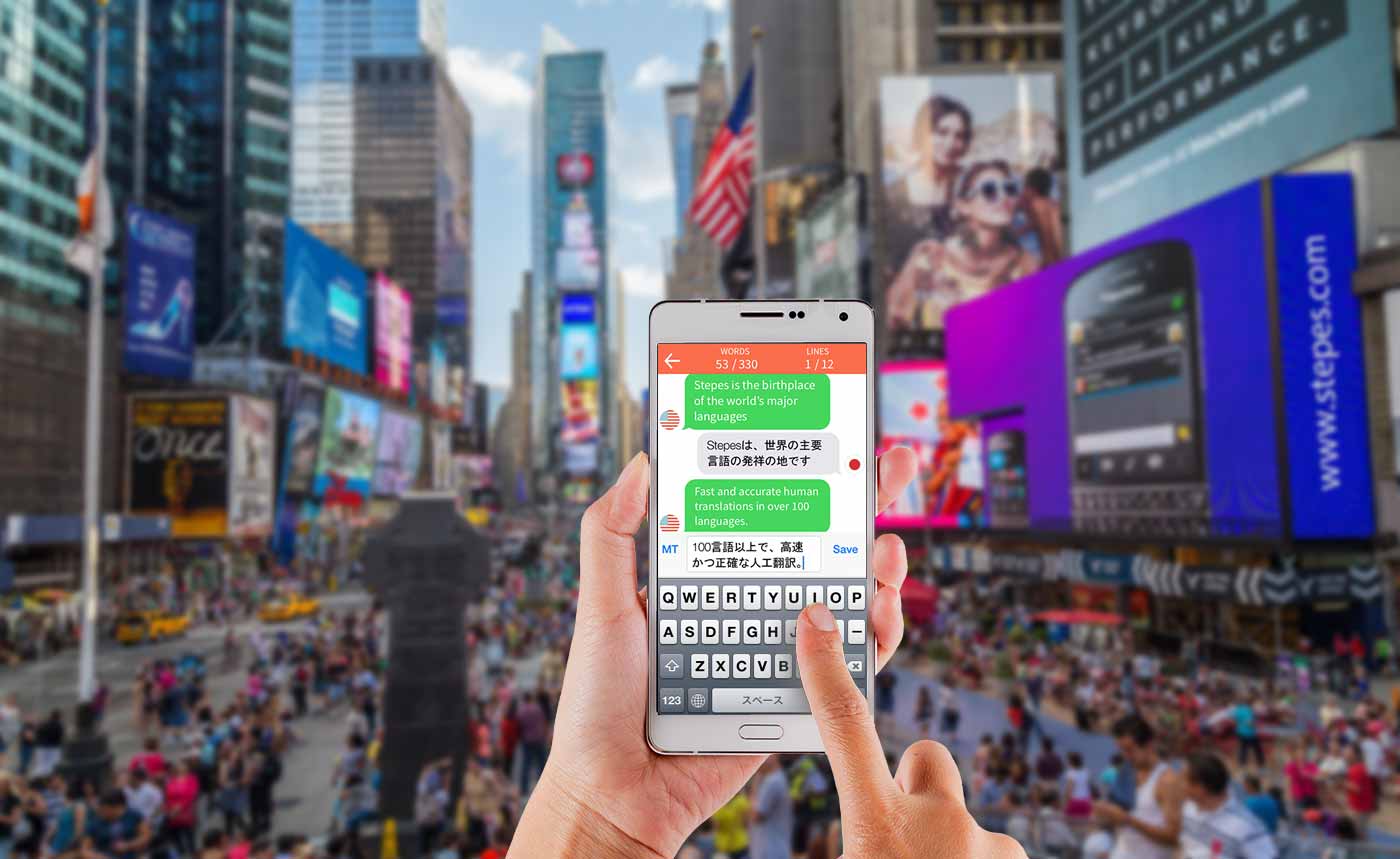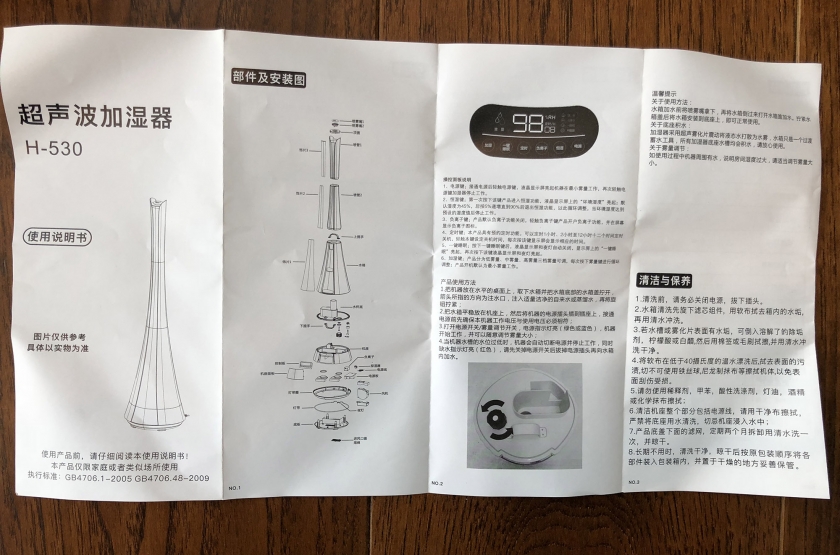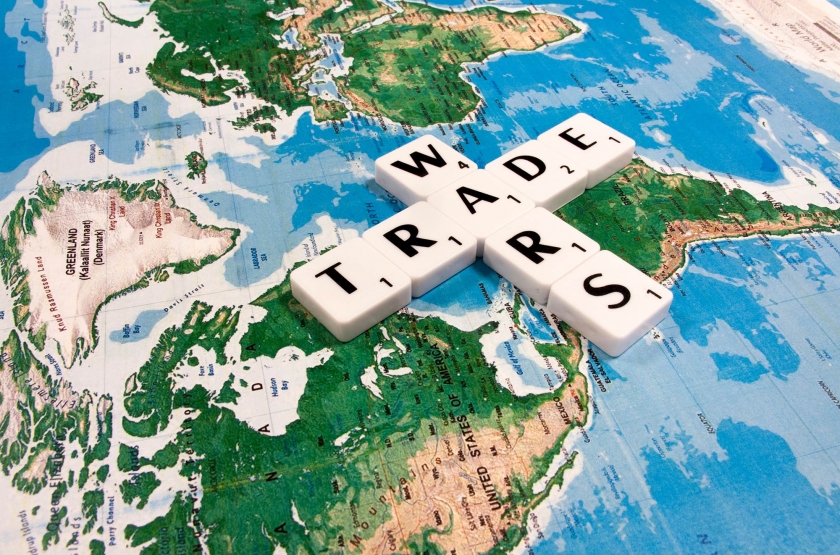How “Big Translation” changes the way we think about globalization
- Carl Yao
- February 15, 2016
- 6,113 views

Translation gets a bad rap these days.
The irony is that we are more globally connected in all ways than ever – nearly 2 billion people will own smartphones by the end of this year and more than one in four households worldwide already have access to Wifi. Yet efforts to create seamless communication across languages and national borders has not kept up pace.
Statistics about translation are sobering. Currently, there are only 250,000 professional translators working across the world, yet there are nearly 6,500 languages spoken.
The result? We have a huge mismatch between the supply and demand for translation, as translation is still a complex and expensive process most businesses cannot afford. As someone who has worked in the translation and localization industry for more than a decade, I have encountered innumerable businesses that have international potential but either decided against globalizing their products or, worse, it simply never even occurred to them because of a lack of a capacity to deal with translation. That has even larger, negative downstream effects; we become comfortable in our own little bubbles, and our conceptions of the world and each other become narrower.
We need an era of “Big Translation” that leverages our existing technological tools to scale up translation capabilities to a level that actually matches global communication needs. Unfortunately, machine translation systems will be in no state in the near future to translate customer-facing content at the level of quality and cultural nuance businesses need. That leaves us with human translation power, which is currently meager at best. Thus, at the heart of “Big Translation” is the goal of making translation more mainstream. Simply put, we need more people who want to be translators.
The world certainly isn’t lacking in translation talent. Nearly half the world speaks two or more languages – that’s 3.65 billion people alive today with the potential to contribute to translation. Unfortunately, a number of factors have conspired to make translation an unappealing career choice. Among them are: pay rates can be low, translation software platforms are cumbersome and overly technical, and the industry just doesn’t seem exciting. No child replies “translator” when asked what they want to be when they grow up.
Fortunately, there are a number of innovators who are trying to make translation faster, more affordable, and more accessible. Chief among them is the groundbreaking idea that we can bypass traditional translation tools and move to a mobile app platform. Stepes, my own stab at this challenge, is easy enough to use that anyone bilingual and with a smartphone can become a translator and earn money. With the right tools, translation doesn’t have to be a demanding full time career but rather an activity that everyone engages in at some point in their day.
Here’s a groundbreaking idea: Anyone can translate.
Let’s run with that idea for a little bit. If anyone bilingual could translate straight from their mobile phones while, say, waiting in the grocery store line or on the subway, then we could pool our language talent that otherwise would have gone untapped and vastly increase our global translation capacities. In redefining what translation looks like, we can drive down global communication costs and raise translation’s public image. This is what I envision for “Big Translation:” the democratization of who can translate and who can afford translations.
In just six years (2020), there will be 6.1 billion smartphone users. If even just a fraction of these users are bilingual, the sheer human translation power we would be able to tap into through mobile translation platforms would far exceed the computational capacity of any machine translation system. In the era of Big Translation, businesses would post projects of any length and in any language that would be picked up and completed by translators working around the world, that very day. In other words, Big Translation would combine aspects of machine translation with the sensitivity of human translation. We could finally make translation fast and inexpensive but also guarantee the complete accuracy of human translation.
Excitingly, we would also be able to build a global community around translation. With a Big Translation approach, translation would be a collective, global effort. We could have millions of part-time translators, located across the world yet simultaneously working together on the same project. When more people translate, we get better results. Subject matter experts – doctors, engineers, artists, students – could translate content that they are passionate about to achieve higher accuracy with content containing industry vernacular. Progress would also accelerate; as we translate more content in more languages, we can also begin to build up a global database of standard translations for specific terms and phrases, speeding up future translation efforts.
Most importantly, a “Big Translation” mindset would make learning languages sexy. If translating became increasingly mainstream and seen as a means for additional income, more people would see the value in learning languages. Meanwhile, learning languages in and of itself opens doors to traveling, working, and studying abroad, all of which contributes to fashioning a more global workforce and citizenry. Language learning actually changes our brains at a very fundamental, biological level and keeps it healthy and constantly engaged as we grow older. Less direct but equally impactful is how language learning broadens our conceptions of others and the world we live in. I am hopeful that more multilingual people reading increasing amounts of translated books, news, and social media from other cultures will do more for cross-border peace and diplomacy than any government can.
Language connects people; as a corollary, miscommunication divides. The maturation of mobile technology and global payment systems means that fluid and seamless translation solutions are right around the corner, and many entrepreneurs (including myself) are actively working on perfecting those solutions right now. For Big Translation to succeed however, we will need millions of translators – the real stars – to show up and begin sharing their language talent.











